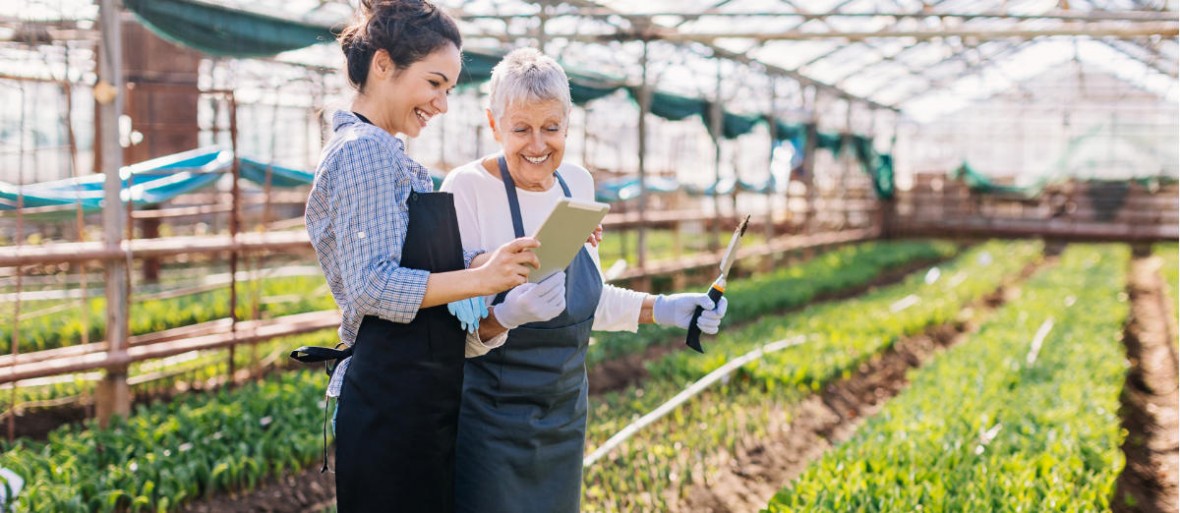Can thoughtful legislation help tackle the challenge of food recovery? Italy is optimistic that it will, hoping to reduce its 5.6 million tons in annual food waste by 20 percent through a law that rewards positive behaviors in the marketplace. The measure includes incentives for donating food, in addition to removing restrictions that have stood in the way of such benevolent actions.

The law permits the donation of product that is past its "sell-by" date, as well as items which are mislabeled, providing that merchandise does not pose a safety risk. The move stands in contrast to new rules in France, a report in the Guardian noted, which penalize supermarkets which do not donate unsold food.
The Italian financial benefit is in the form of a reduction in waste tax owed, according to Fresh Plaza. The amount of annual donations permitted has been raised from €5,000 to €15,000. The new law also encourages the use of doggy bags (family bags) for restaurant patrons to take home unfinished meals, a practice that not commonly seen in Italy.
Legislation to encourage food donations to food banks and other charities also continues to emerge in North America. British Columbia recently joined Ontario, Quebec and Nova Scotia as Canadian provinces that have created tax breaks to promote the practice.
Like other provincial schemes, BC’s Farmers’ Food Donation Tax Credit offers a 25 percent nonrefundable income tax credit, based on the fair market value of qualifying products grown or harvested in the province. Charities are hopeful that the move will spur greater participation among farmers, with credits to offset their cost of making donations.
In the U.S., there are currently federal tax incentives to support food recovery. And, according to a report from the Harvard Food Law and Policy Clinic, many states already have food donation tax legislation including Arizona, California, Colorado, Iowa, Kentucky, Missouri, Oregon, and South Carolina. Soon to join them is West Virginia. The report notes that some other states have more general donation incentives that could include surplus food.

Tax Deduction or Tax Credit? Seven of the eight states offer tax credits versus tax deductions. One state and the federal program offer tax deductions. Credits are seen as more beneficial to smaller farmers.
How Generous? Credits range from 50 percent of donation value with a cap of $2,500 in Missouri, to other states for which donations are uncapped, albeit at a lower percentage. In California, for instance, the credit is 10 percent but uncapped. The higher credit percentage and lower totals are designed to help smaller farms,
What Donation Expenses Should Be Covered? Donating food creates costs to farmers, which hopefully are adequately addressed with the tax credits. Only the programs in South Carolina and California allow certain donation expenses, such as transportation.

Who Should Be Eligible to Donate? Eligible participants such as farmers and restaurants vary from state to state. The Harvard report cautions that "Unless other groups are covered by separate tax incentives, such restrictions may miss out on encouraging donations from large swaths of the supply chain, representing a lost opportunity for reduced waste and increased food access."
Who Should Be Eligible to Receive? States often limit donations to charitable organizations. Arizona, for example, specifies that recipient organizations cannot charge for food. Such restrictions may limit opportunities for some innovative new non-profits which offer meals at minimal prices.
What Foods Should Be Covered? Except for Missouri, all states limit their programs to some or all of livestock, crops and agricultural products. Various program limitations such as best-by dating and cosmetic flaws can limit the success of a program.
In summary, when drafting a food donation tax incentive, there are several factors to consider, as outlined above. Controls are needed to protect against abuse of such programs, yet policy makers should be mindful that such limitations can impede a program’s reach. While tax incentives seem like a promising idea, many of them are still new, and time will tell how effective they will be in recovering food for charities that would otherwise be lost.
Want the latest fresh food packaging industry knowledge delivered straight to your inbox? Subscribe to our newsletter and get the latest news, trends, articles and more!
